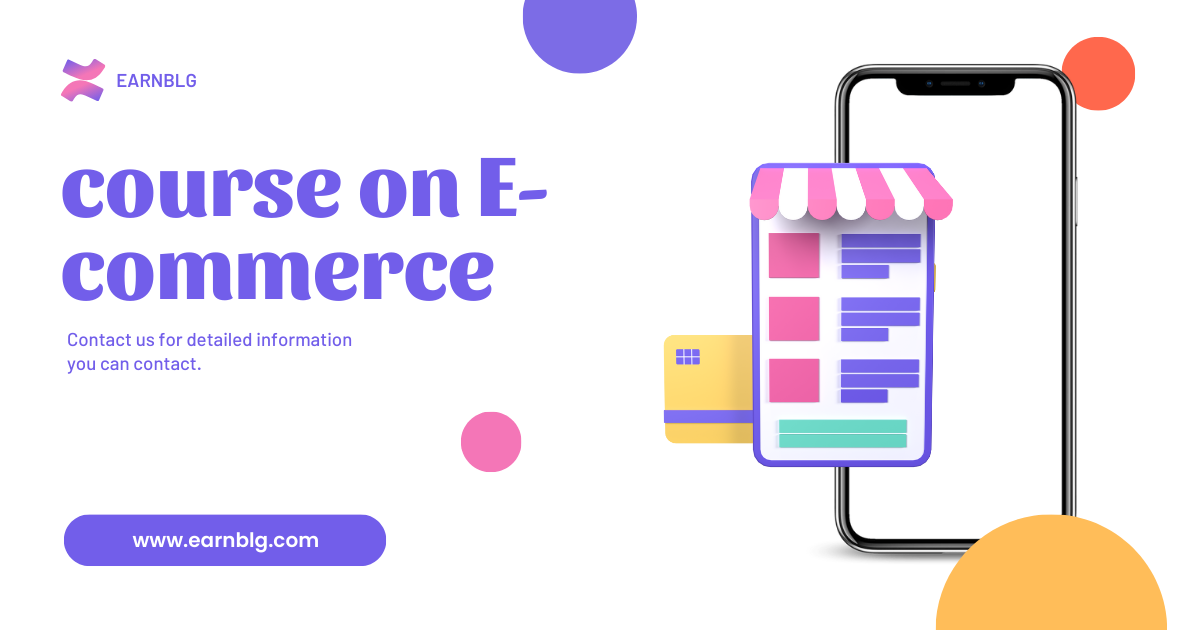E-commerce, short for electronic commerce, refers to the buying and selling of goods and services over the internet or other electronic channels. It has become a significant part of the global economy, transforming the way businesses and consumers engage in trade. E-commerce encompasses various types of online transactions, including online retail (B2C), online marketplaces, business-to-business (B2B) transactions, and more.
Here are some key aspects of e-commerce:
- Online Retail (B2C): This is perhaps the most common form of e-commerce. Online retailers sell products directly to consumers through websites and apps. Examples include Amazon, eBay, and various e-commerce stores specializing in specific products or niches.
- Online Marketplaces: These platforms bring together multiple sellers and buyers in one place, allowing consumers to compare products and prices from various sellers. Examples include eBay, Etsy, and Alibaba.
- Business-to-Business (B2B): In this form of e-commerce, businesses sell products or services to other businesses. It often involves bulk purchases and is used for sourcing materials and services for business operations.
- Business-to-Consumer (B2C): This is when businesses sell directly to individual consumers. It can range from large corporations to small, independent businesses.
- Consumer-to-Consumer (C2C): In C2C e-commerce, individuals sell products or services directly to other individuals. Popular platforms include Craigslist, eBay (for peer-to-peer sales), and Poshmark.
- Mobile Commerce (m-commerce): With the increasing use of smartphones, mobile commerce has grown significantly. It involves buying and selling products and services through mobile devices and apps.
- Dropshipping: In this business model, e-commerce businesses don’t keep products in stock but instead partner with suppliers who directly ship products to the customers. The business doesn’t handle the physical inventory.
- Subscription E-commerce: Subscribers pay a regular fee to receive products or services on an ongoing basis. Examples include subscription boxes for cosmetics, meal kits, or streaming services like Netflix.
- Digital Products and Services: E-commerce also includes the sale of digital goods and services such as e-books, software, online courses, and streaming services.
- Payment Gateways: These are essential components of e-commerce that allow secure online transactions. Popular payment gateways include PayPal, Stripe, and Square.
- Logistics and Fulfillment: E-commerce businesses must manage the storage, packaging, and shipping of physical products. They often use third-party logistics (3PL) providers for these services.
- Security and Privacy: Ensuring the security and privacy of customer data and financial transactions is crucial in e-commerce to build trust and protect against cyber threats.
- Customer Experience: Providing a user-friendly and enjoyable shopping experience is key to e-commerce success. This includes website design, customer support, and efficient order processing.
E-commerce has transformed the retail industry, offering consumers convenience, a wider range of products, and the ability to shop from the comfort of their homes. It has also provided businesses with new opportunities to reach a global audience and streamline their operations. However, it comes with challenges such as competition, cybersecurity concerns, and the need for effective marketing and customer engagement strategies.









